As the winter season rolls in and the cozy sweaters come out, sunscreen often gets tucked away. It's a common misconception that the colder months give us a pass on sunscreen. During the cooler months, UV rays will pierce through the atmosphere and wreak havoc on your delicate complexion, just like they do in the summer. Ahead, learn why sunscreen is an absolute must-have in the wintertime.
Why is Sunscreen Wear a Year-Round Necessity?
Daily sunscreen wear is an absolute necessity no matter the season. Sun damage has nothing to do with temperature, it’s dictated by UV levels. For example, a brisk cold day in the winter can have the same UV level as a sunny summer day. While the UV index is generally lower in the winter, it’s still there and can still cause damage.
Common Misconceptions About Wintertime Sunscreen Usage
"I don’t need sunscreen because the sun isn't as strong." UV rays, especially UVB rays, are indeed less intense during the cooler months in many locations, but UVA rays remain constant throughout the year. UVA rays can penetrate deeper into the skin, leading to premature aging and increasing the risk of skin cancer.
"Cloudy days mean I don’t need protection." Up to 80% of UV rays can penetrate through clouds. Therefore, even on cloudy days, there is a risk of UV exposure.
"I’m only outside for a short period; I don’t need protection." Even short periods of UV exposure add up over time and can increase the risk of skin damage and skin cancer.
"Snow and cold weather mean the sun's rays are weaker." Snow can reflect up to 80% of UV rays, increasing the potential for exposure. This is why skiers and snowboarders are at risk for sunburn, especially on the face.
"I'm covered in clothing, so I don't need sunscreen." While clothing does provide some level of protection, not all clothing offers complete UV protection. The level of protection varies depending on the material, weave, and color. Specialized UPF (Ultraviolet Protection Factor) clothing is designed to offer more consistent protection.
What Does An Ideal Sunscreen Routine Look Like In The Winter?
Just like you would on a hot summer day, apply your sunscreen in the morning and reapply it every two hours.
If you’re wearing makeup during the day, carry a beauty sponge/blender with you in a small baggie with your sunscreen. When it’s time to reapply, squeeze your sunscreen onto the blender and blot it onto your face, neck, and decolletage. This should keep your makeup in place. Just make sure to put enough sunscreen onto the sponge to account for the product that’s being absorbed into it.
PRO TIP: purchase a new beauty blender to use solely for sunscreen reapplication. This prevents the sunscreen actives from coming into contact with other built-up products that could compromise the integrity of the sunscreen. If you’re using the beauty blender regularly, you should replace it every 3 months.
Are there certain outdoor activities or situations in the fall and winter when sunscreen should be applied more diligently?
Absolutely! Skiing, snowboarding, any activity where you’re in contact with the snow or reaching higher elevations calls for extra diligence with sunscreen. The atmosphere also becomes thinner at higher altitudes. For every thousand meters you travel up a mountain when skiing for example, there is a 10% increase in UV levels.
Snow is a highly reflective surface, reflecting up to 80% of the sun's UV rays. This means that skiers and snowboarders are exposed not only to the rays coming directly from above but also to those reflected from the snow below. The combined exposure can lead to a higher risk of sunburn.
Put it this way, snow can be more reflective and cause more UV damage than the ocean during the height of summer.
PRO TIP: Although it’s possible to get red from wind burn alone, it’s usually just a sunburn. To get red from windburn, the wind generally has to be exceptionally strong and in contact with your skin for extended periods of time.
Why Do My Eyes Sometimes Feel Like They're Burning While Outside On A Sunny, Snowy Day?
If this happens when you’re not wearing sunglasses, then it's most likely due to snow reflectiveness. It’s as crucial to protect your eyes from UV damage as it is for your skin. High levels of UV radiation can increase the risk of cataracts and other eye conditions.
Something to also consider is snow blindness. This is a painful condition caused by the sun burning the cornea of the eye. It's like sunburn, but on the eye. It's temporary but can be painful and result in temporary vision loss. While sunglasses or goggles are the primary prevention, being aware of the sun's power in snowy conditions is crucial.
While looking for sunglasses, ensure they offer 100% UV protection. Look for those labeled as "UV400" or "100% UV protection." Polarized lenses can further help reduce glare.
Do Makeup Products With SPF Offer Sufficient Sun Protection?
Using makeup products with SPF is certainly better than using no sun protection at all, but relying solely on makeup for sun protection has its limitations.
Amount Applied: The SPF value on a product is determined based on a specific amount applied to the skin. For sunscreens, this is typically 2 mg/cm^2. Most people don’t apply makeup as thickly as sunscreen is applied, meaning they're likely getting less protection than the listed SPF value.
Coverage: Even application is critical for effective sun protection. When applying makeup, it's common to miss areas or apply it unevenly, which can leave parts of the skin exposed to UV radiation.
Broad Spectrum: Not all makeup products with SPF provide broad-spectrum protection, which means they might not protect against both UVA and UVB rays. Dedicated broad-spectrum sunscreens are formulated to shield against both.
All in all, nothing is going to offer better protection than pure sunscreen. Look for one that’s an SPF 30 or higher and reapply every two hours.
Are there any specific sunscreen ingredients or SPF ratings recommended for fall and winter use, especially for individuals with sensitive skin?
For sufficient protection, you should always wear an SPF 30 or higher. For those with sensitive skin, physical or mineral sunscreens are typically the way to go because they sit on top of the skin and deflect UV rays rather than absorbing and converting them, as chemical sunscreens do.
Another note for sensitive skin types: avoid formulas with mineral oils and artificial fragrances in them, as these are common irritants for reactive skin.
Being that the air is drier during the cooler months, sunscreens with added moisturizers, like ceramides or hyaluronic acid can be extra beneficial. Remember, the most effective sunscreen is the one you'll use consistently. Find a formula that you like and feels comfortable on your skin, and make it a regular part of your routine.
Additional Wintertime Skincare Tips Apart From Sunscreen Usage
Healthy skin is a balancing act. As the air becomes drier, your skin may also feel drier and tighter.
Moisturize Regularly: Using a heavier moisturizer than you do in the summer can help seal in moisture.
Use Gentle Cleansers: Avoid harsh soaps and cleansers that can strip your skin of its natural oils. Opt for hydrating and gentle cleansers that maintain your skin's natural moisture barrier.
Limit Exfoliation: While exfoliation can be beneficial for removing dead skin cells, over-exfoliating or using harsh exfoliants can exacerbate dryness and irritation. You might want to reduce the frequency during colder months or switch to gentler methods.
Avoid Hot Showers: Very hot water can strip your skin of its natural oils, leading to dryness. Lukewarm water is your skin’s best friend during the cooler months.
Nighttime Skincare: Your skin repairs itself at night. Applying a thicker moisturizer or an overnight mask can provide additional hydration.
Use a Humidifier: Indoor heating can also cause especially dry skin in the winter - keeping a humidifier on while you sleep can help stave this off.
PRO TIP: Some of us on the Hampton Sun team have been dipping our toes in a beauty trend called slugging this winter, and we have nothing but amazing things to say. Essentially, slugging is where you apply a thick layer of an occlusive, like Vaseline, as the last step in your nightly skin routine. This occlusive layer is supposed to lock in moisture and help all other products applied beforehand penetrate the skin more effectively. It's worth noting that the few of us who have combination skin (that tends to break out with heavier products) do not experience breakouts with occasional slugging.
How Can I Make Sunscreen a More Seamless Part of My Wintertime Skincare Routine?
Keep your sunscreen where you can easily see it every morning. Think your dresser or on your bathroom counter. This will ensure you don’t miss it, and eventually, the more you use it, the more engrained into your daily routine it will become. As you’re building this new habit, keeping a daily reminder alert on your phone can also be helpful.
You can also keep a travel-sized sunscreen on you, like a stick, to make reapplication easy throughout the day. Most importantly, make it enjoyable! Find a sunscreen formula that you genuinely like. Whether it's the texture, scent, or the way it feels on your skin, if you love it, you're more likely to use it consistently.
PRO TIP: Our SPF 45 Face Cream is our #1 bestseller for face during the cooler months for a reason: it's the optimal blend of sun protection and long-lasting moisture!
We hope this post helps guide you on the importance of sunscreen this winter (and every winter beyond).





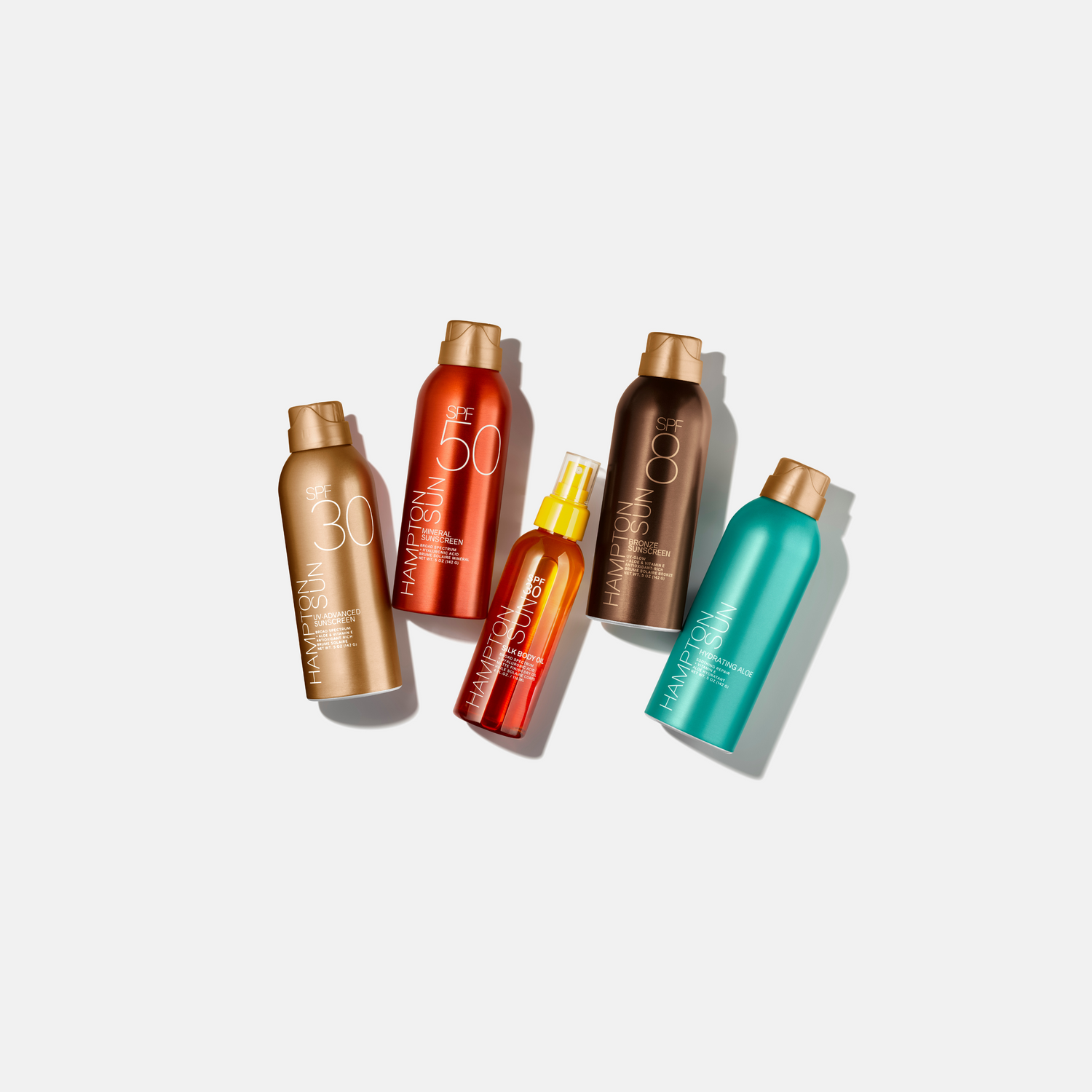
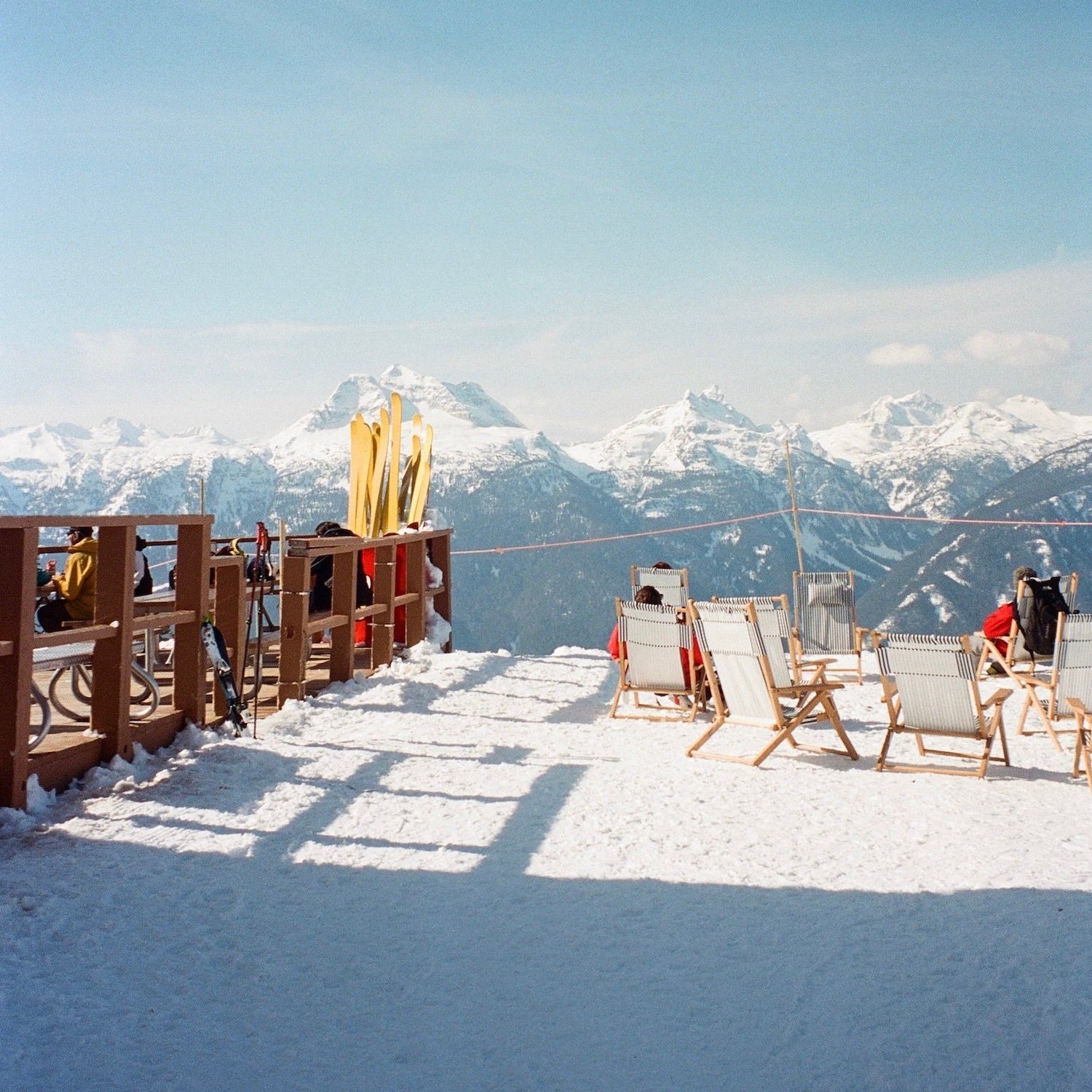
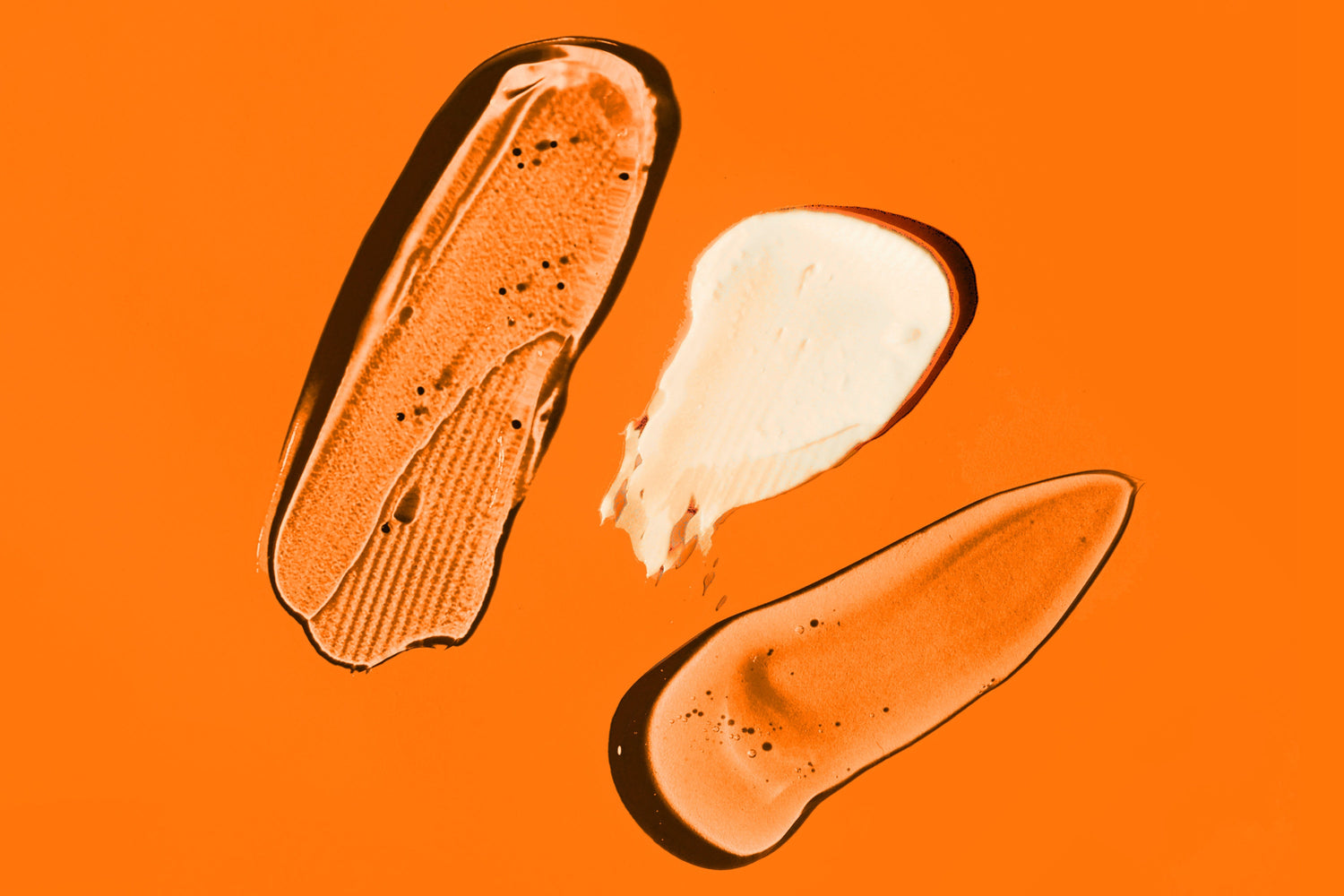


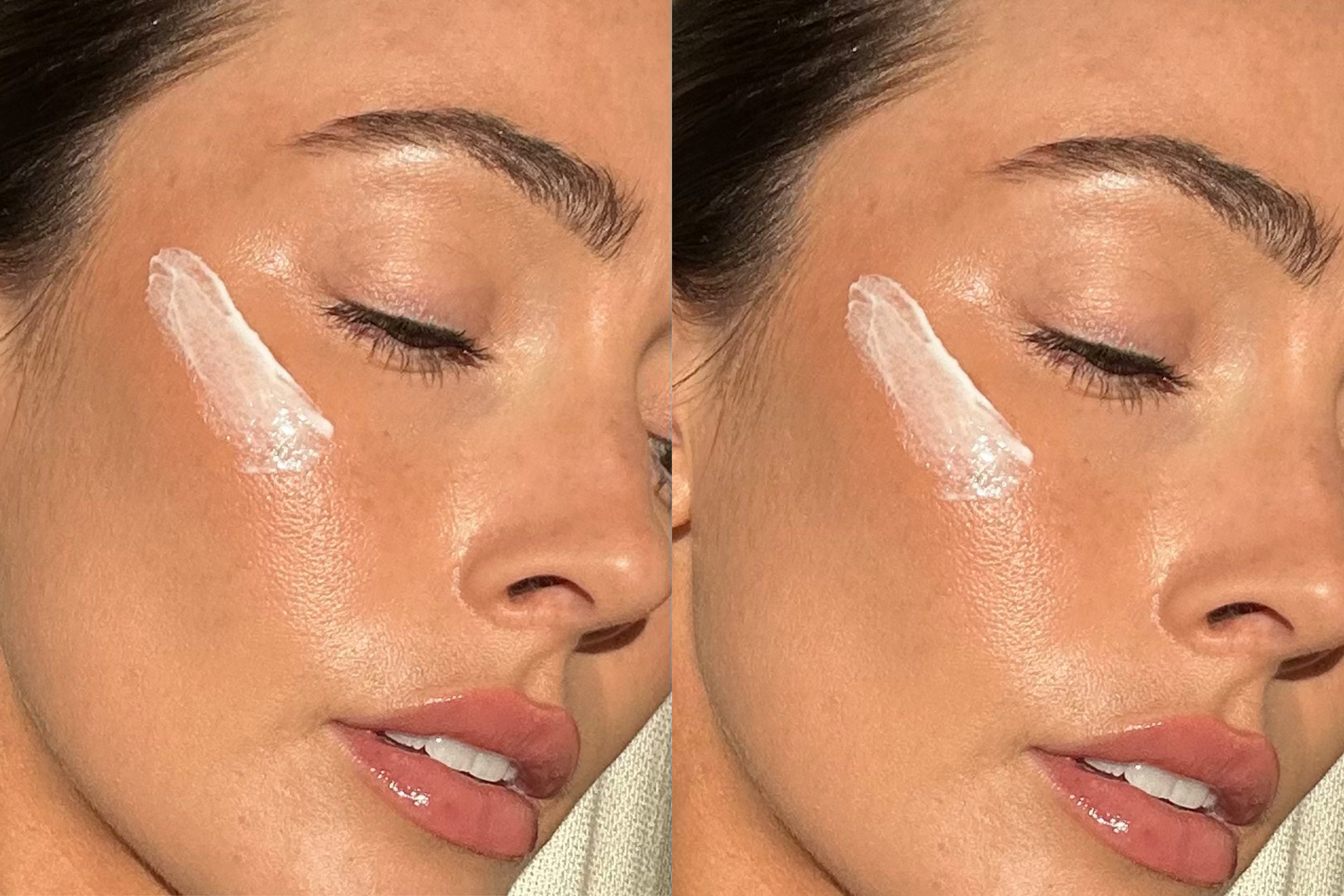
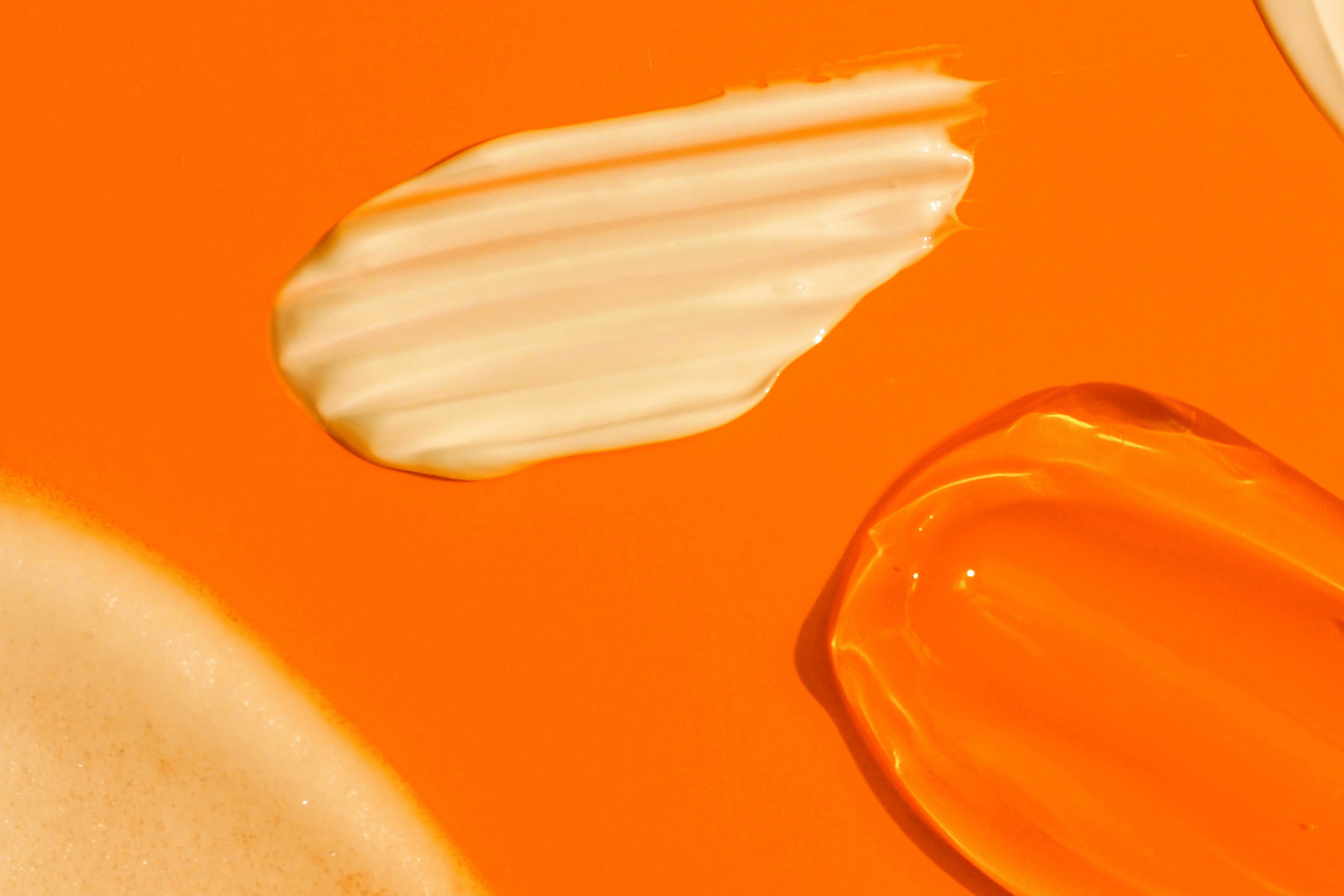
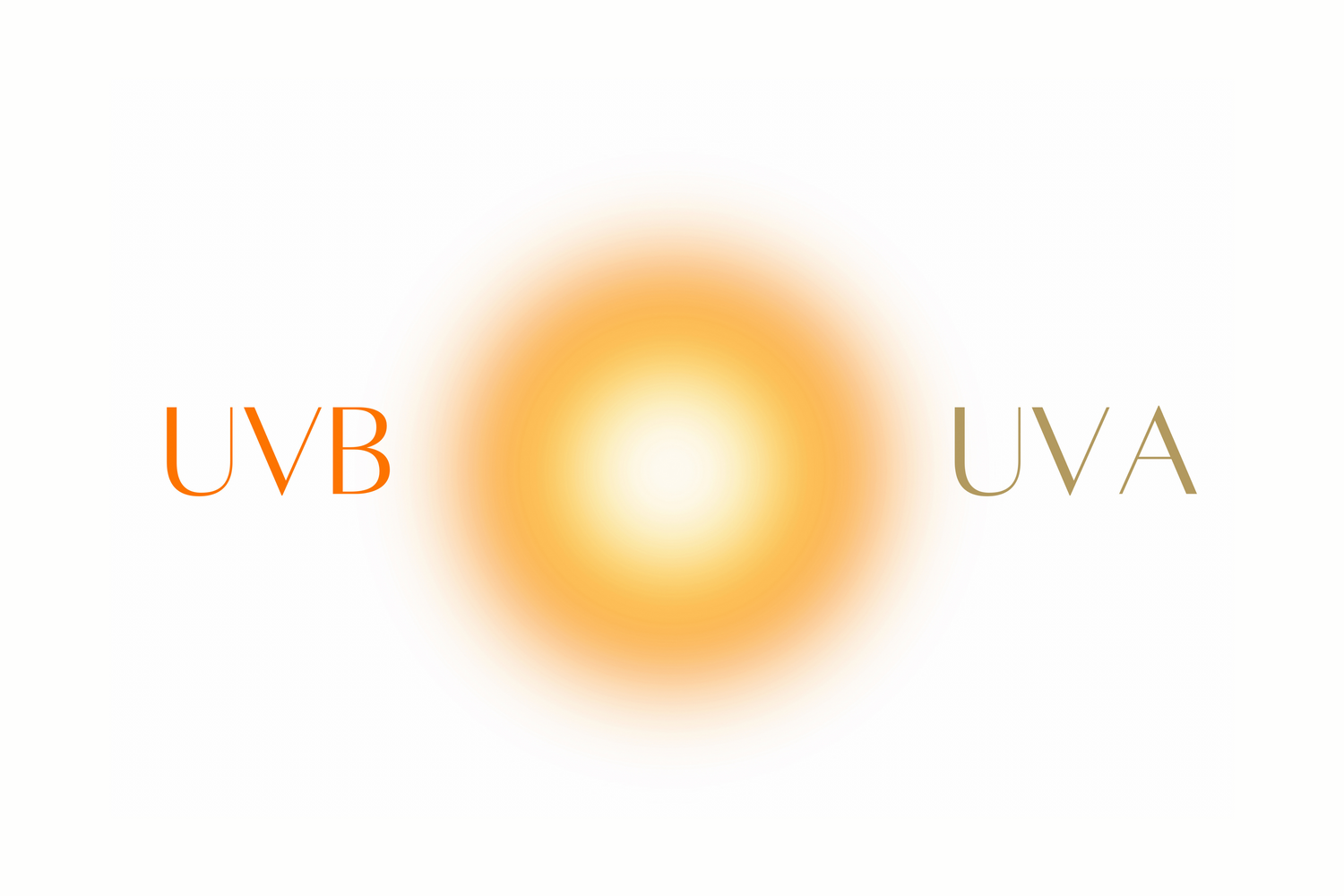
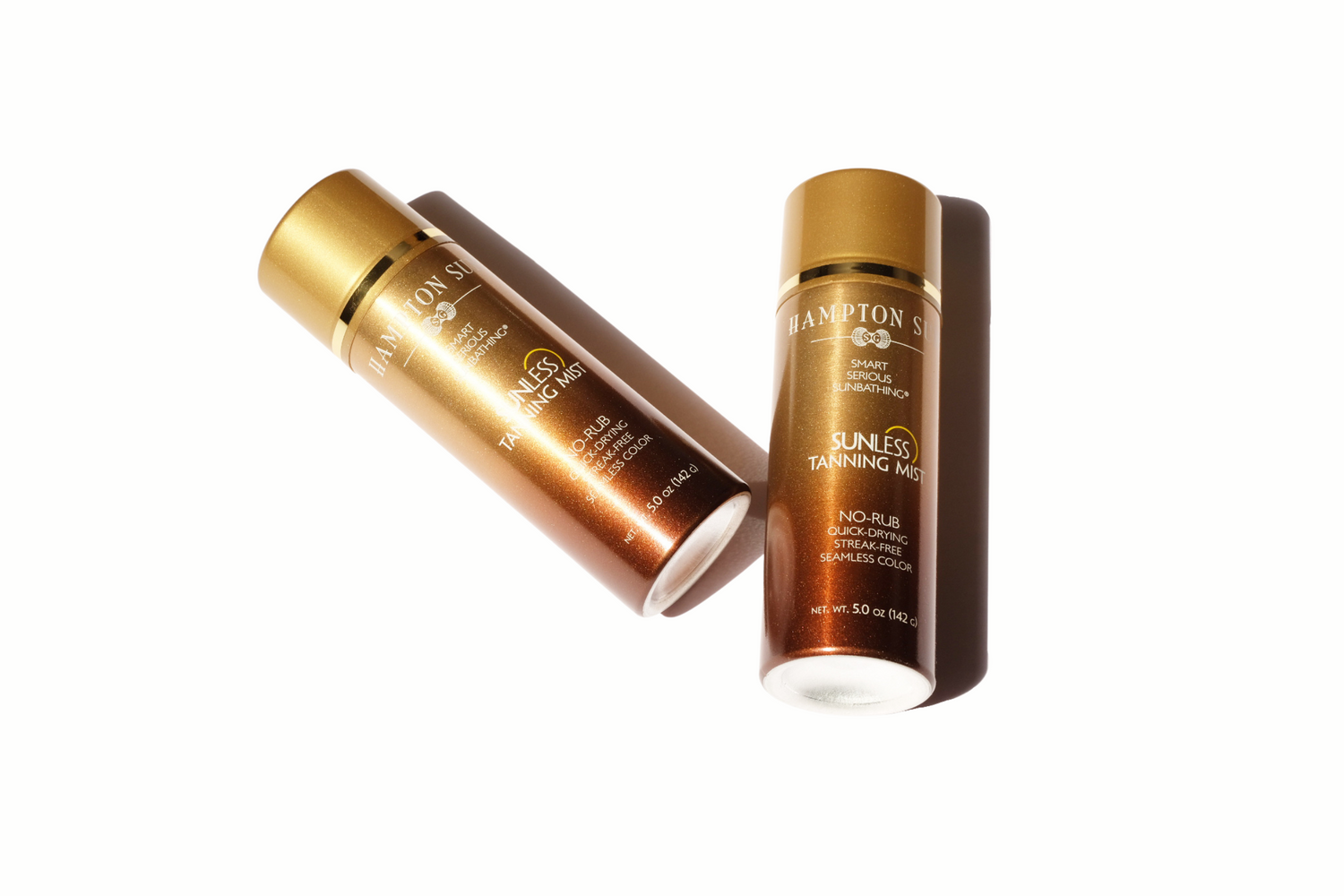
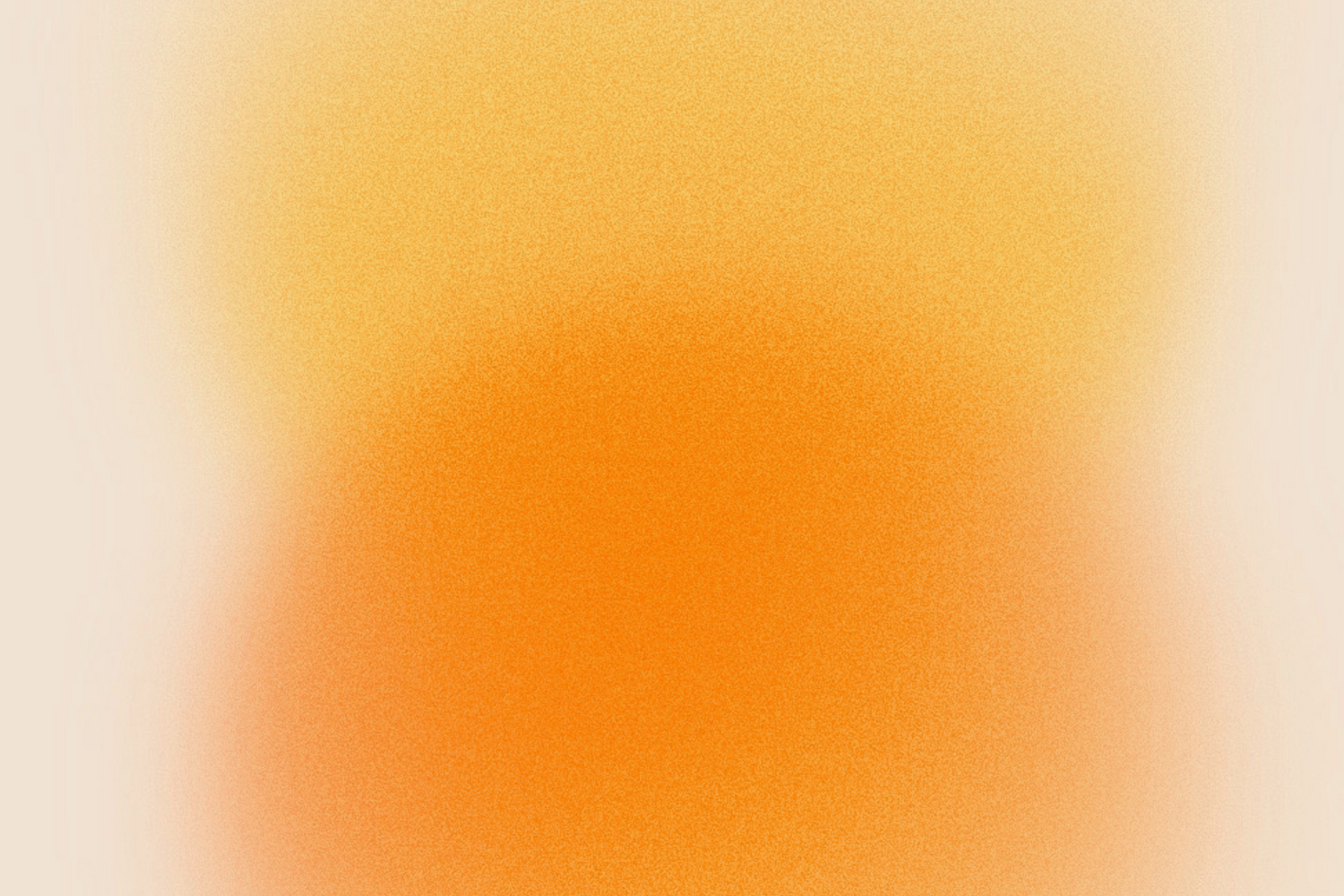

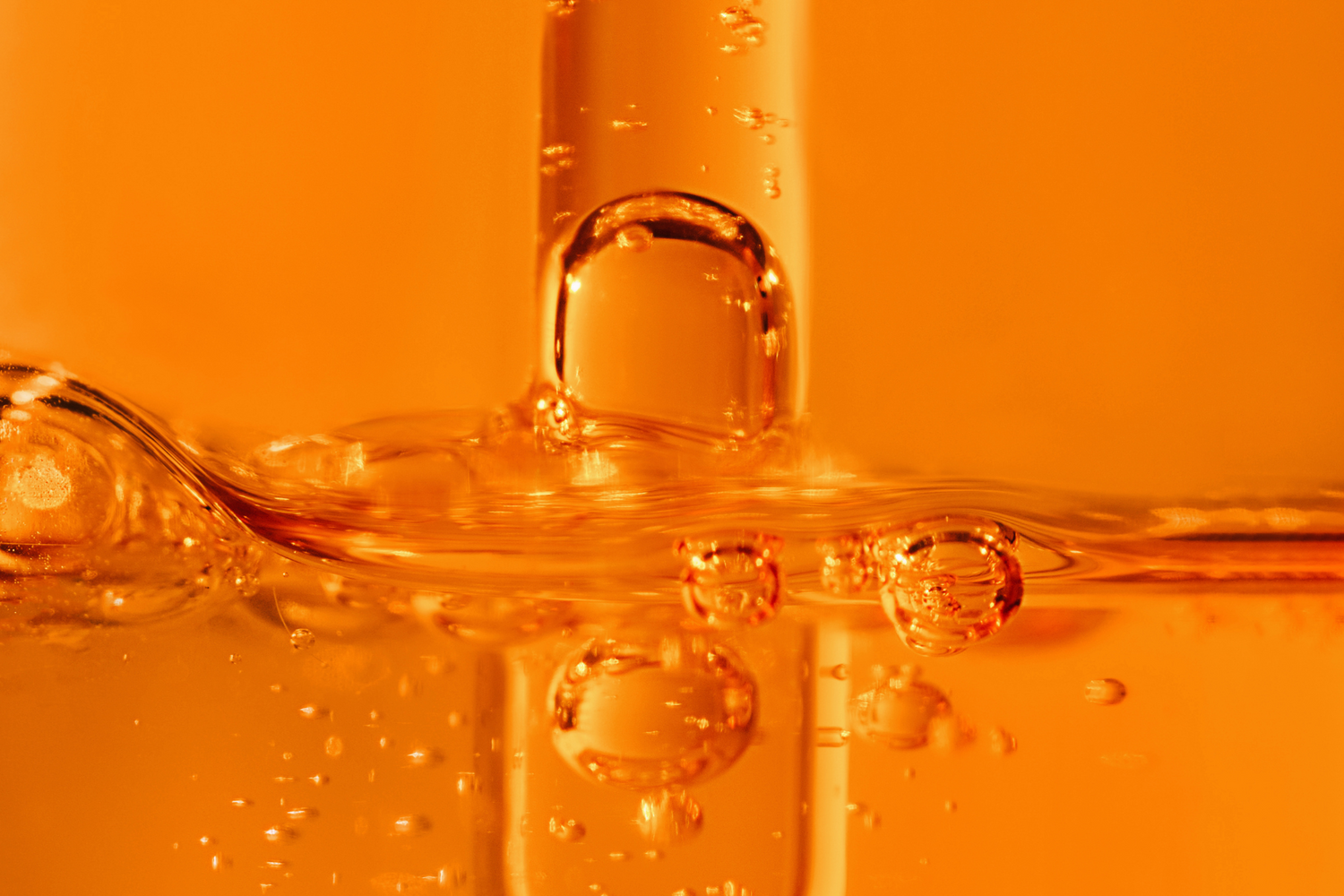
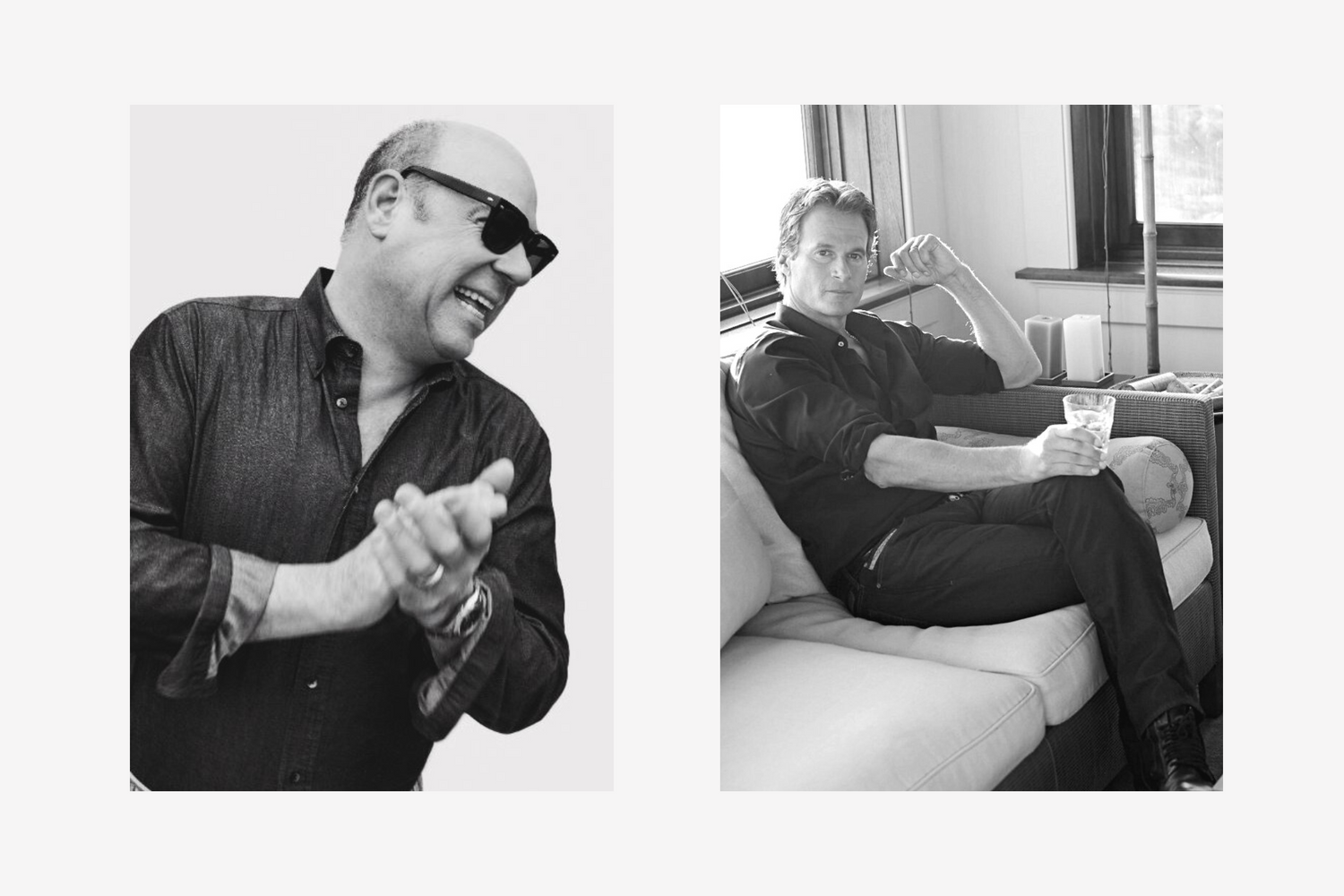

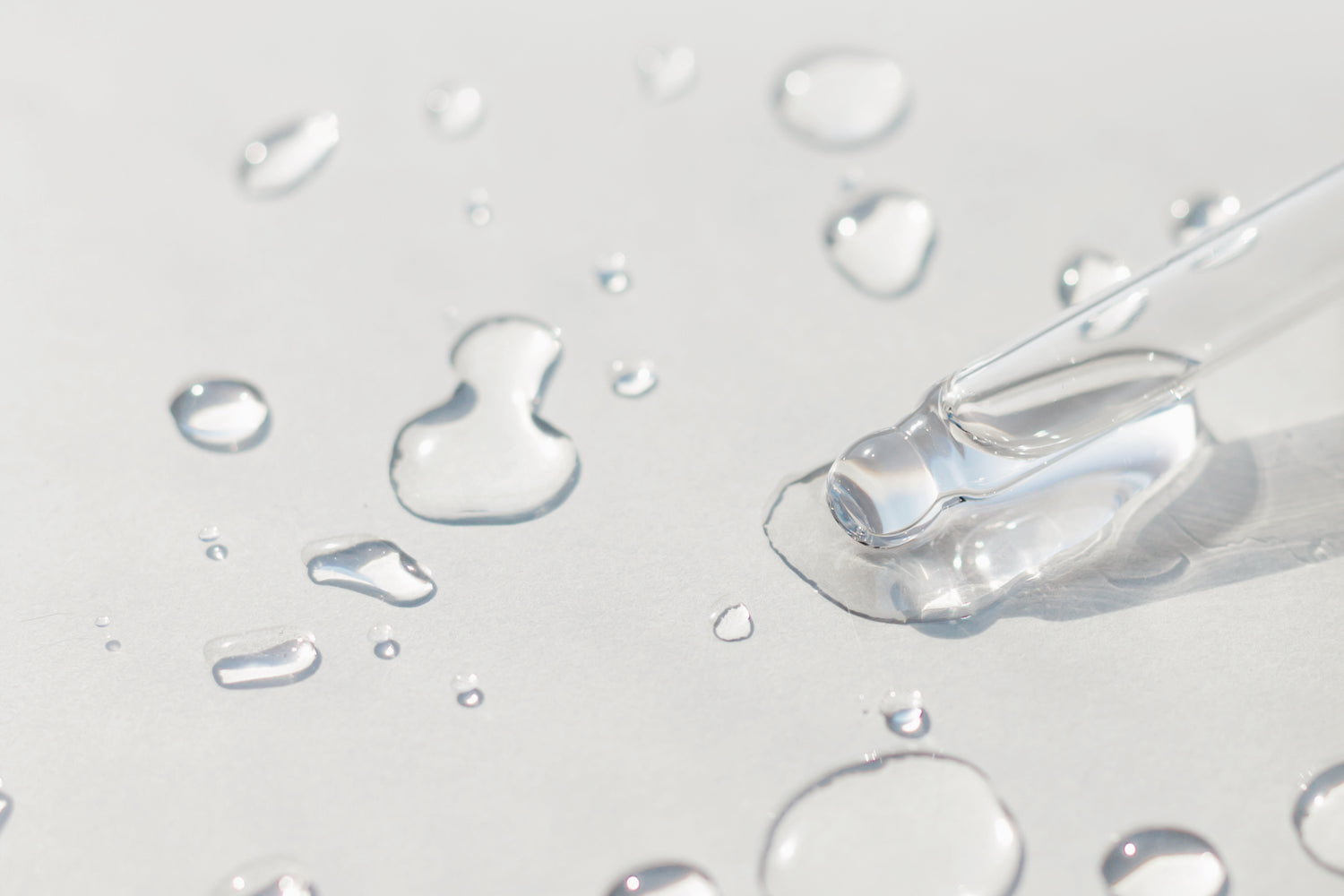
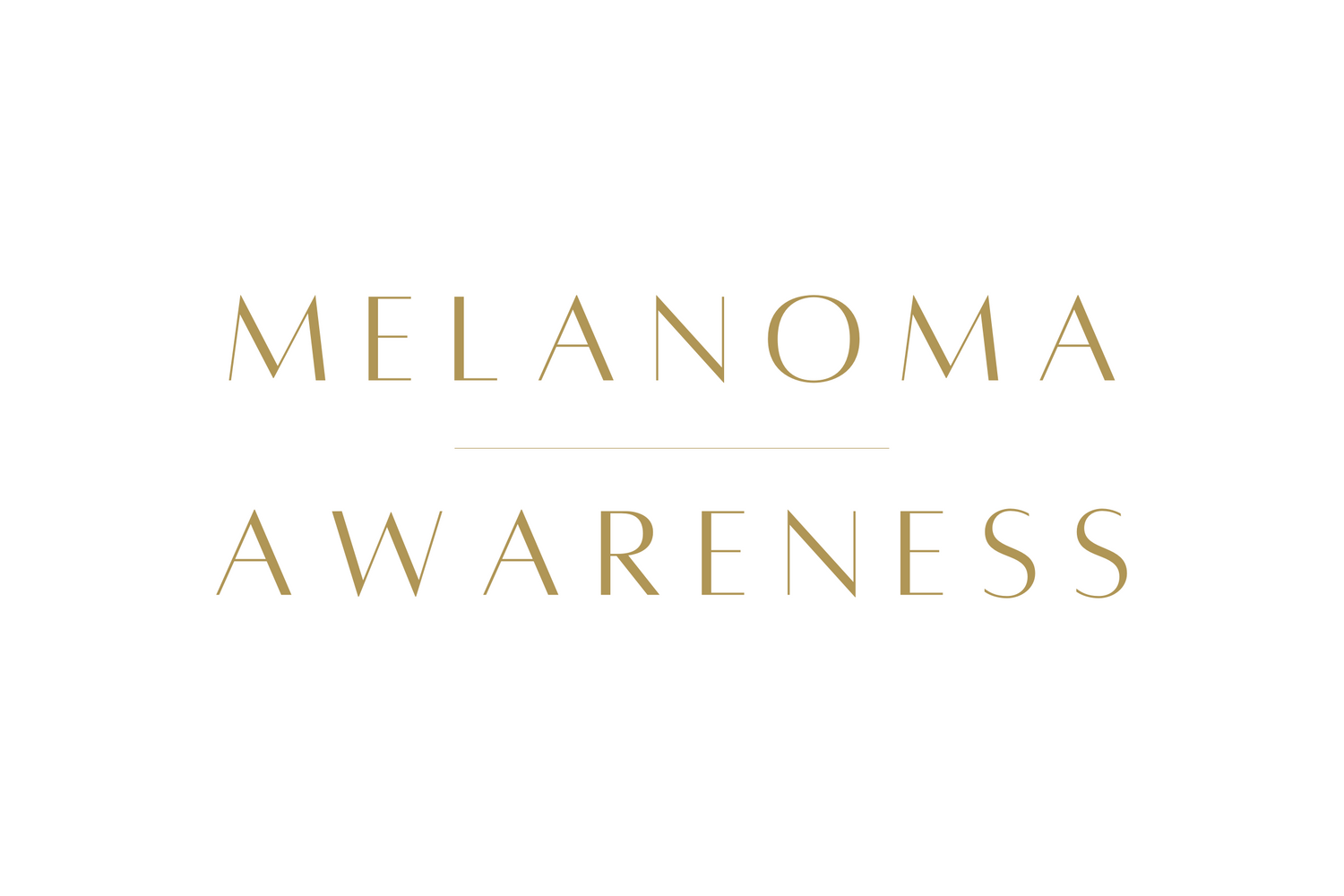
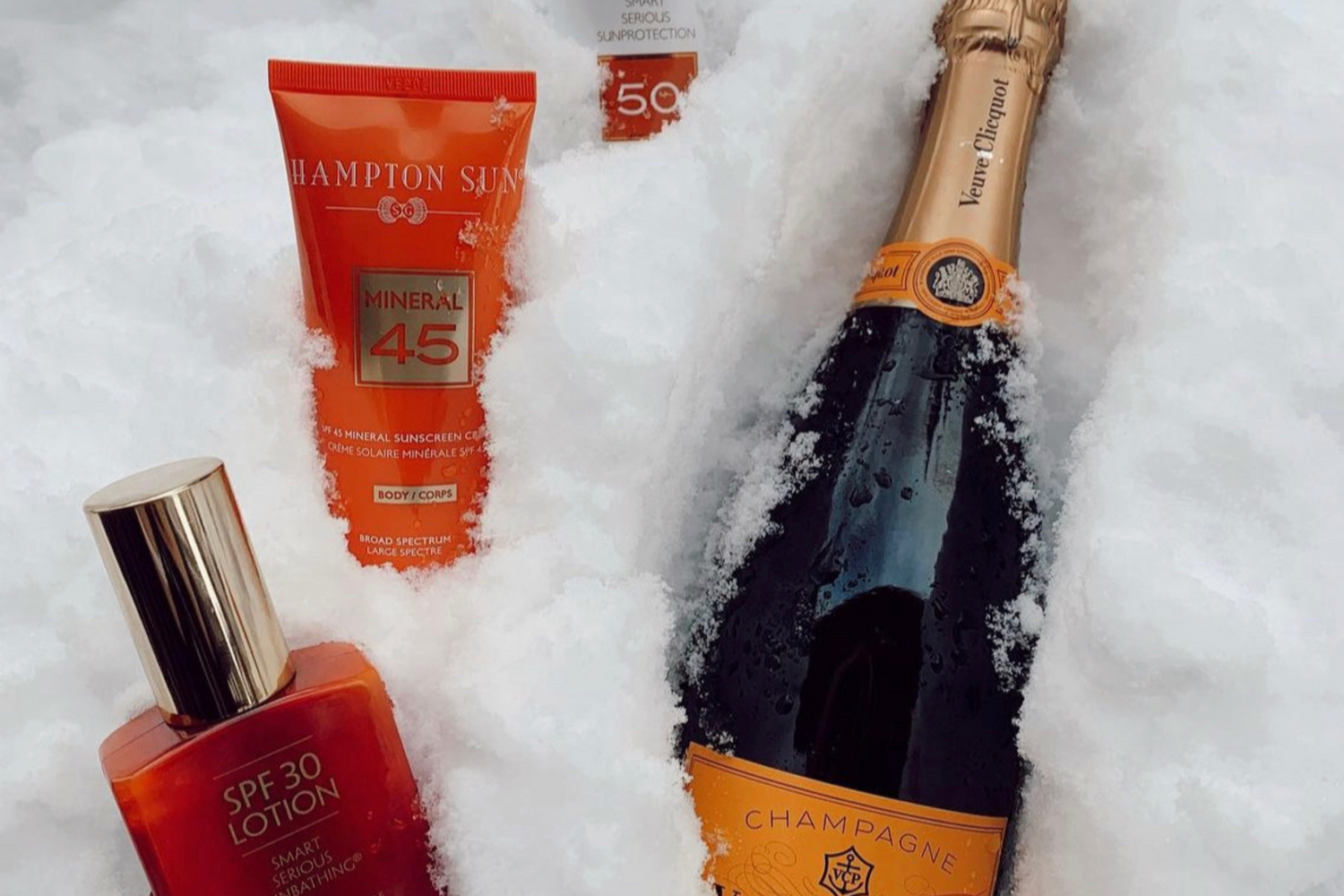


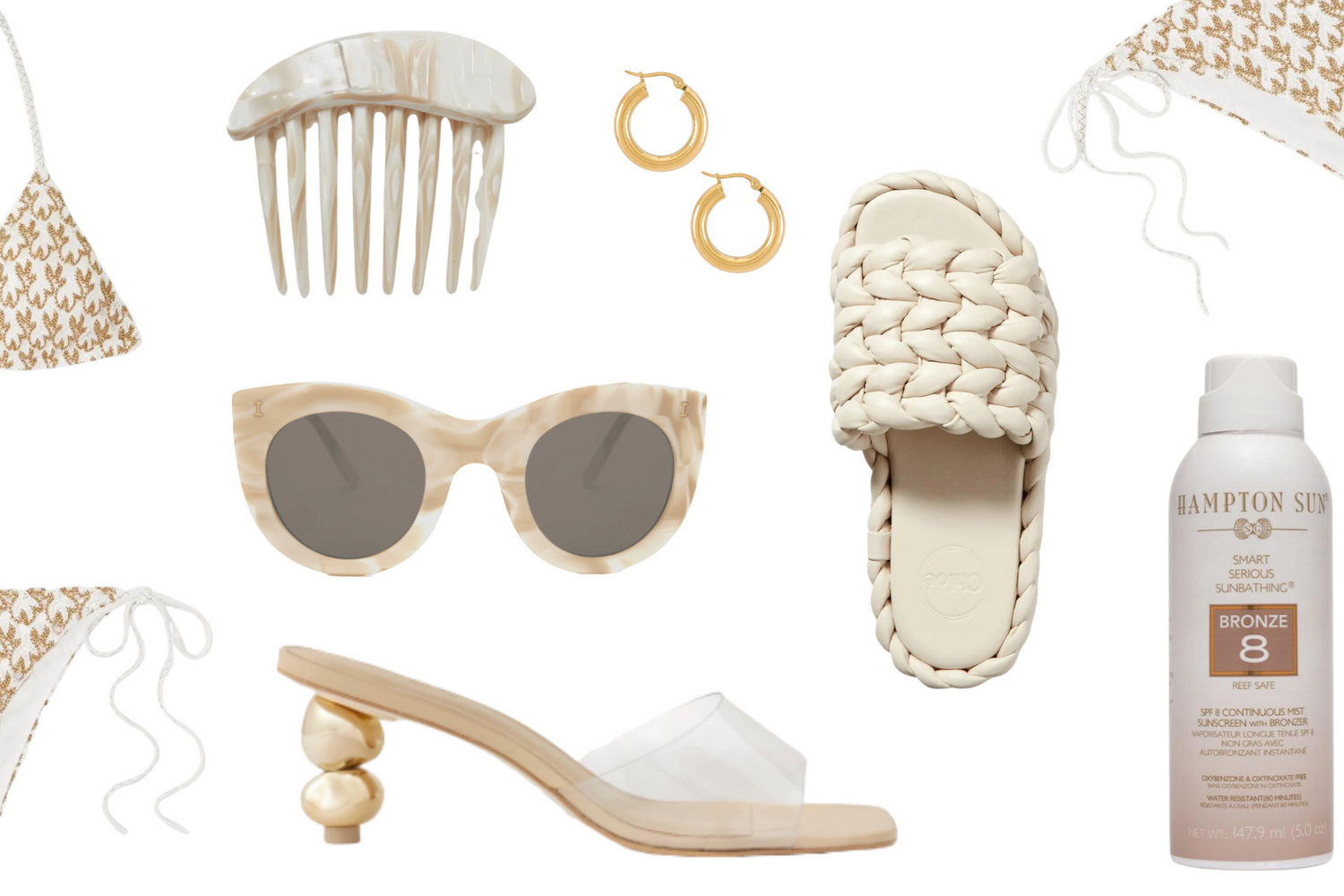
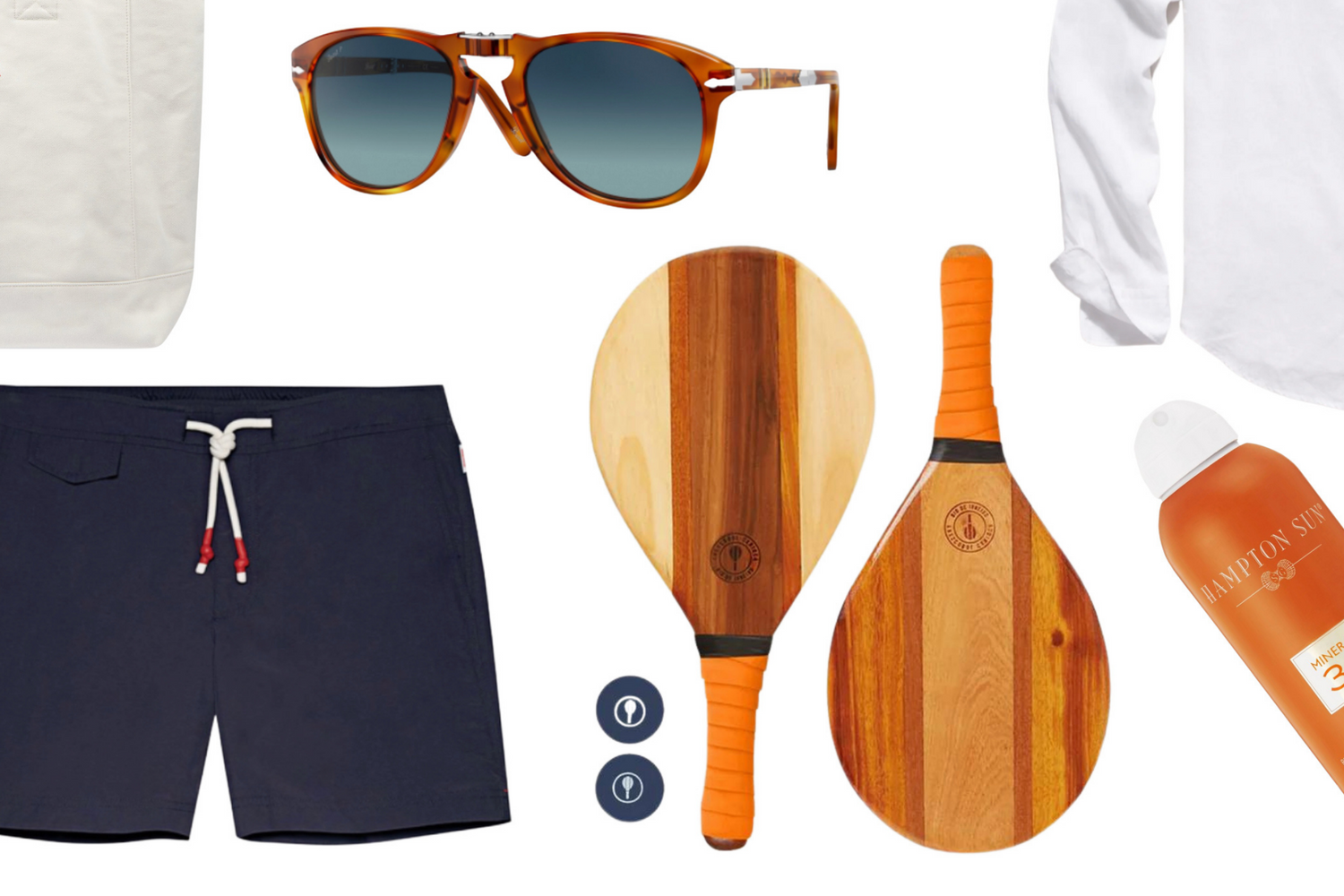
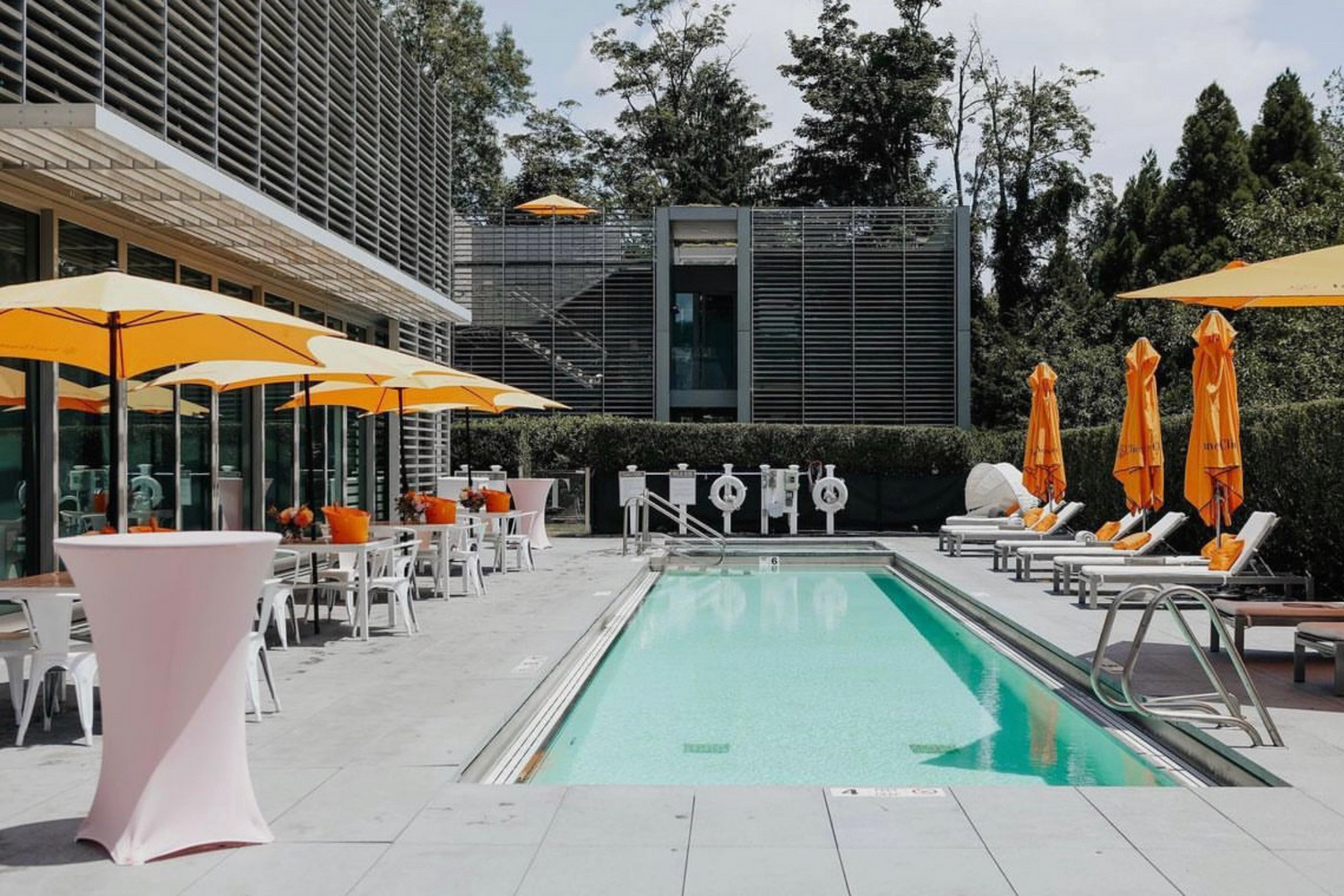
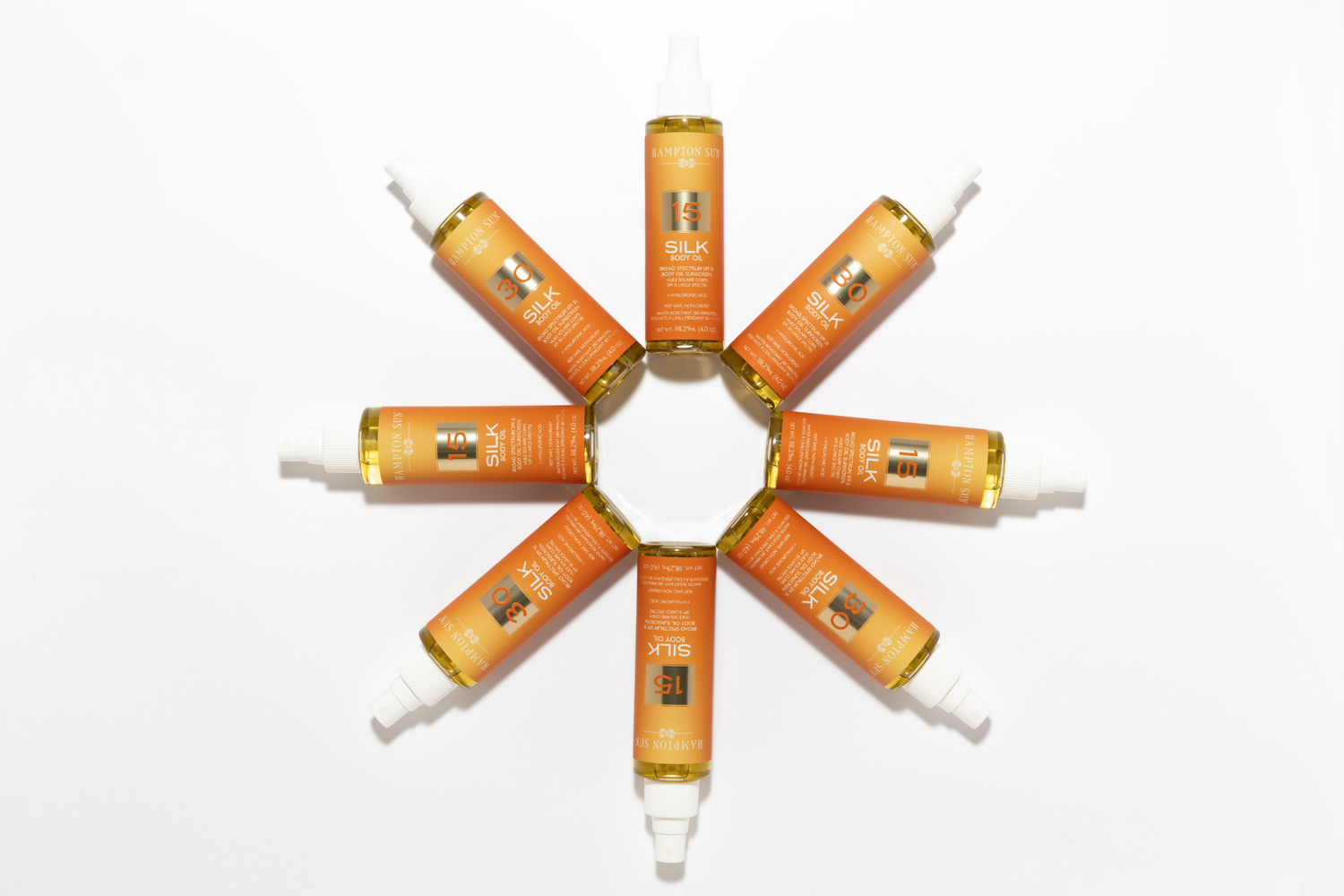

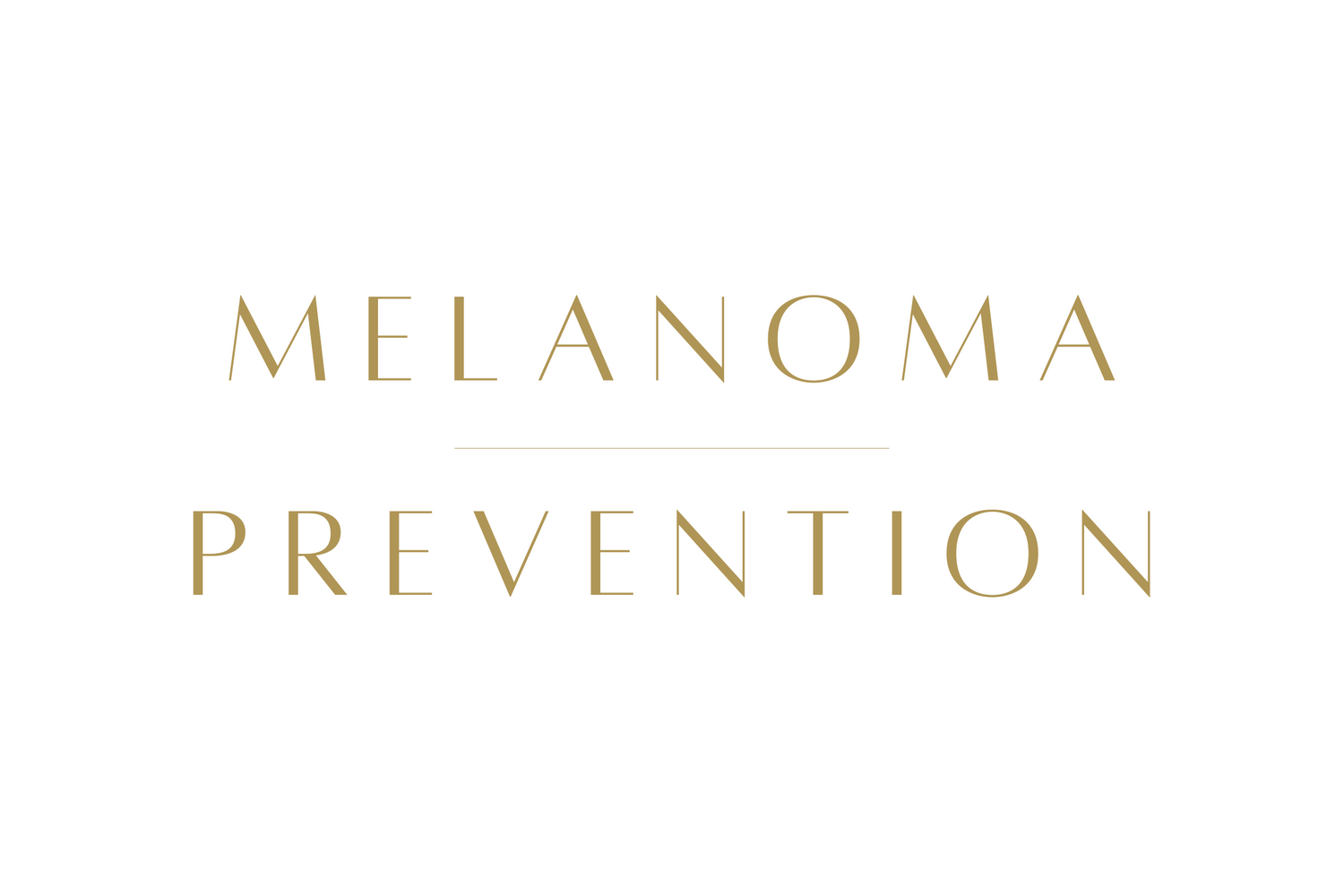
1 comment
Lots of things I didn’t know! Interesting.